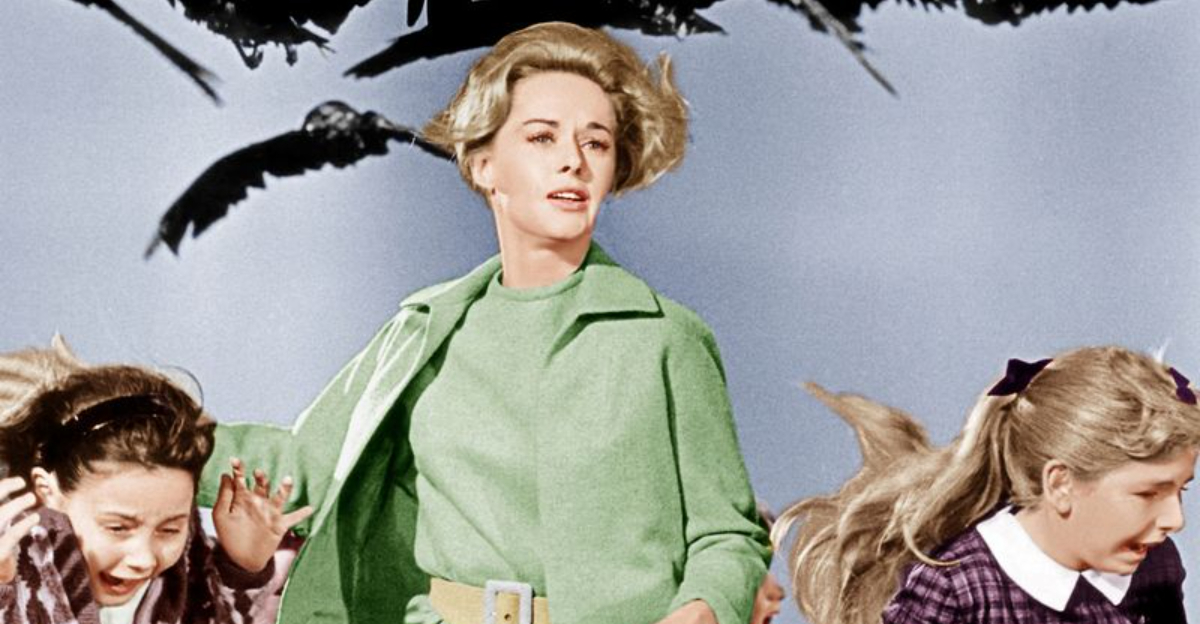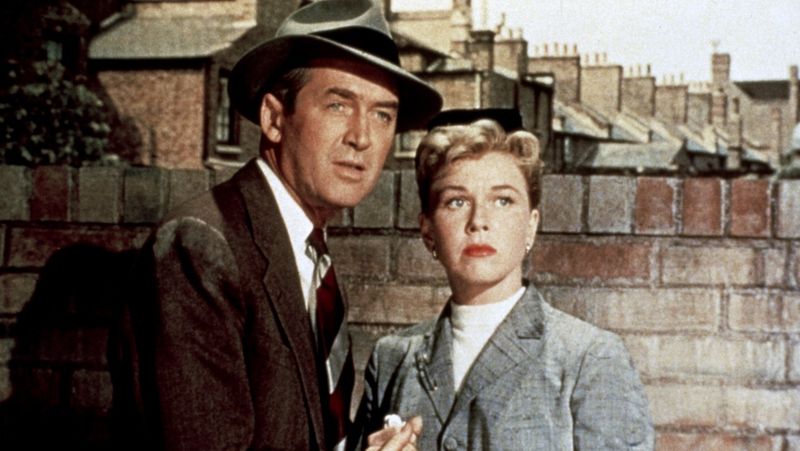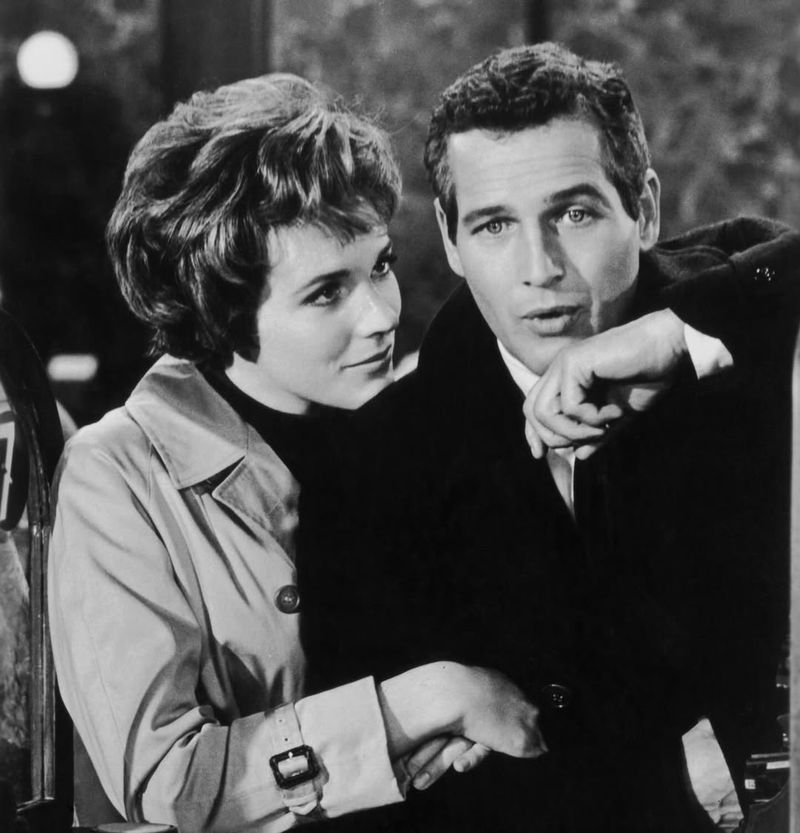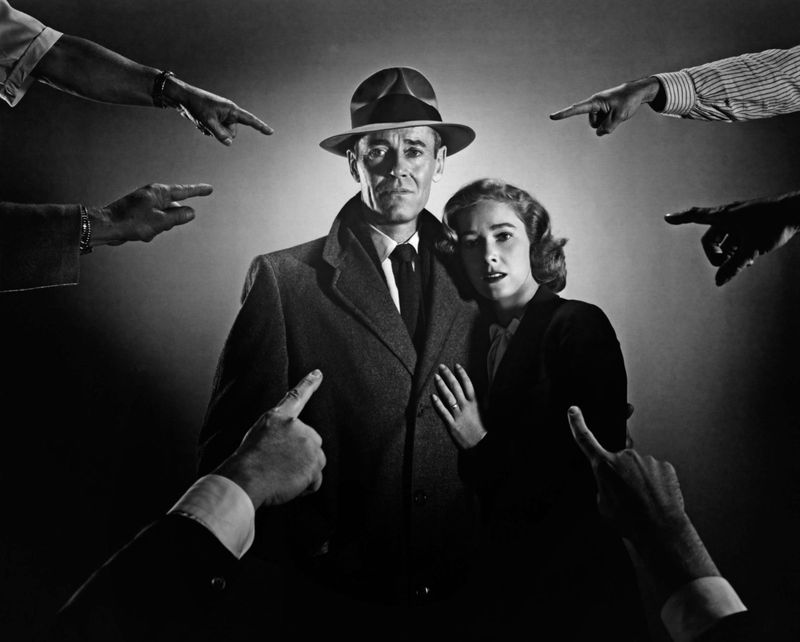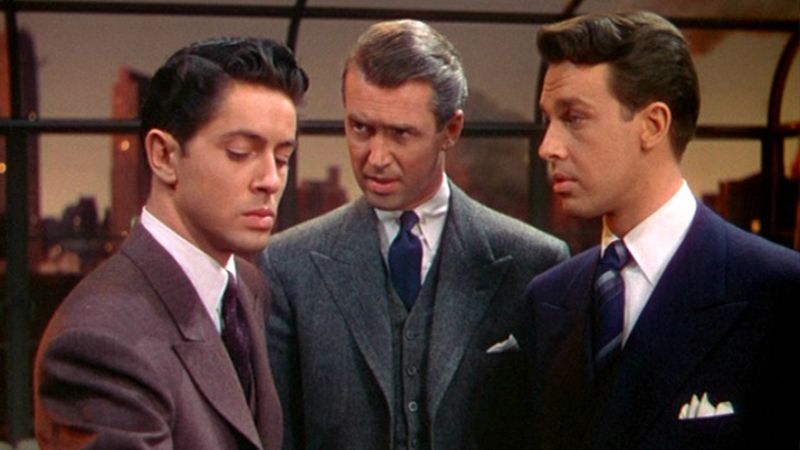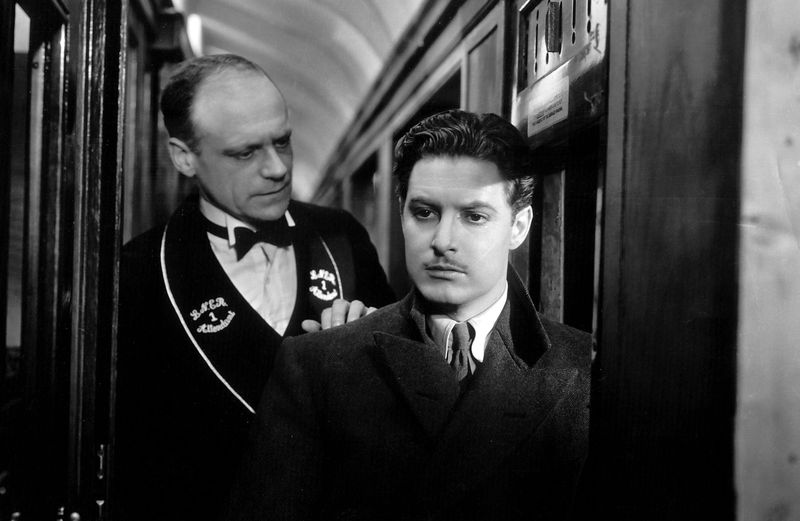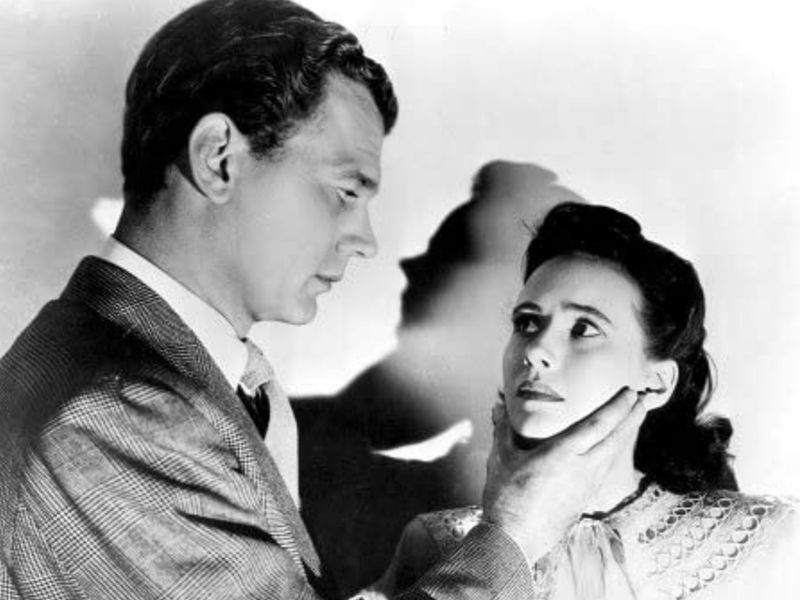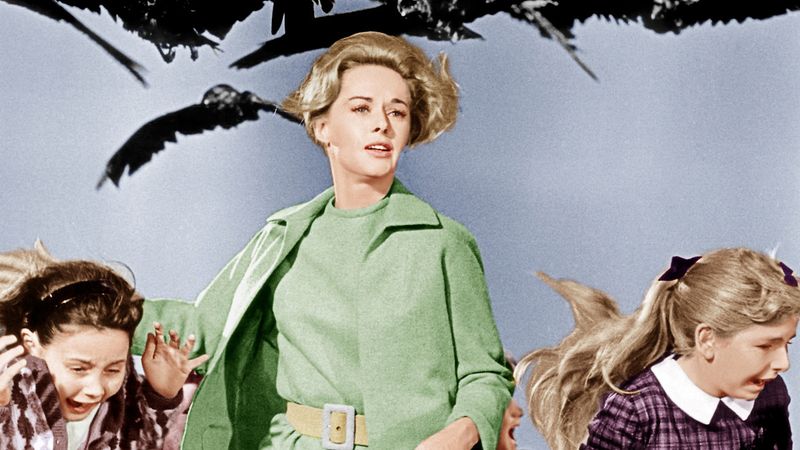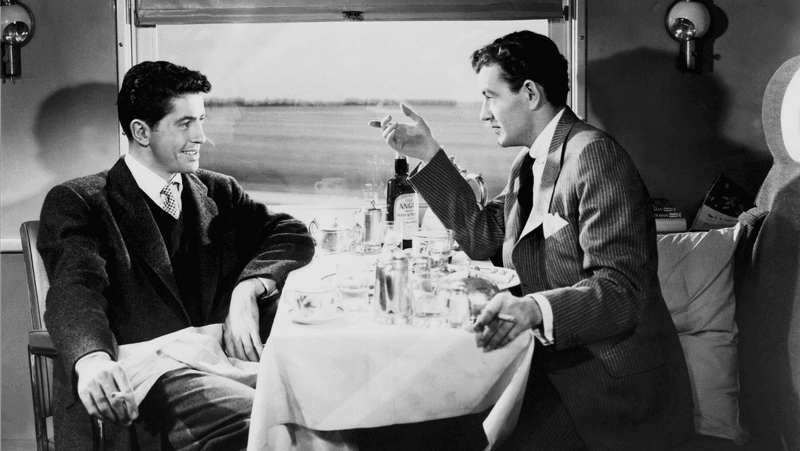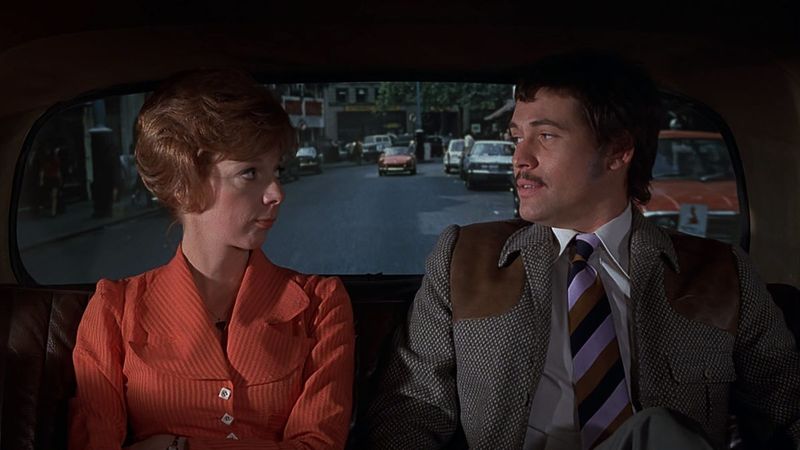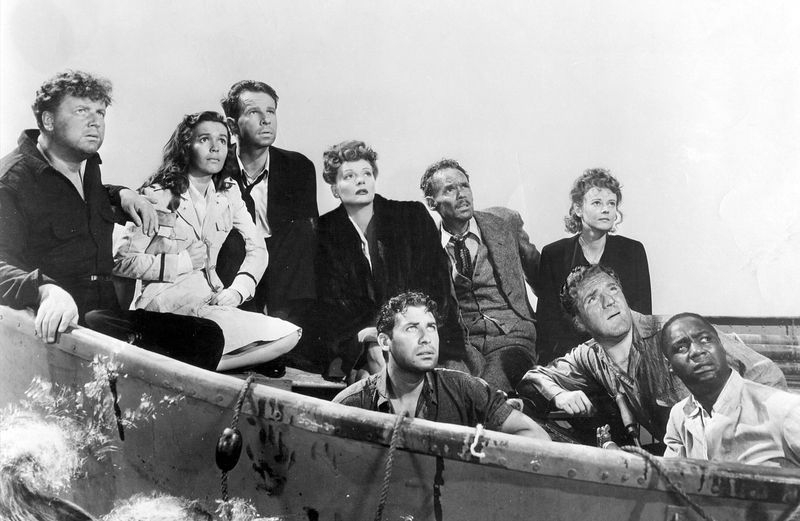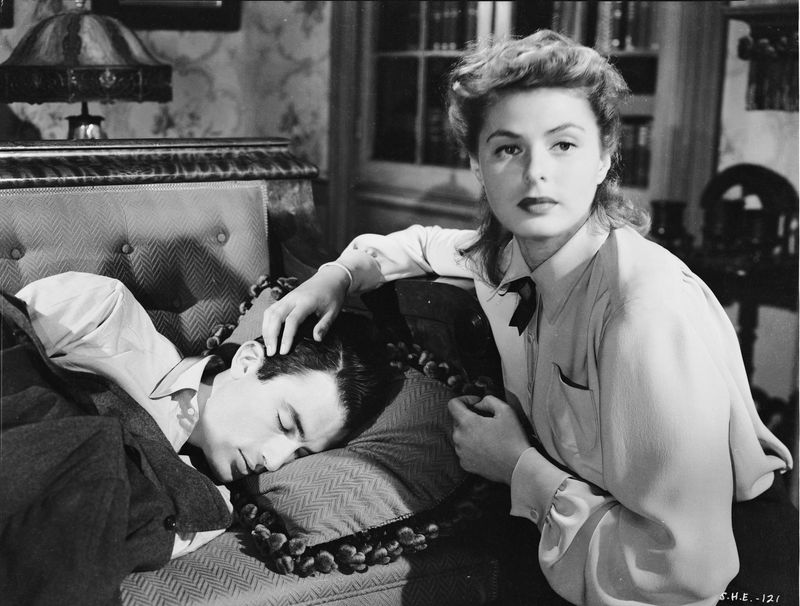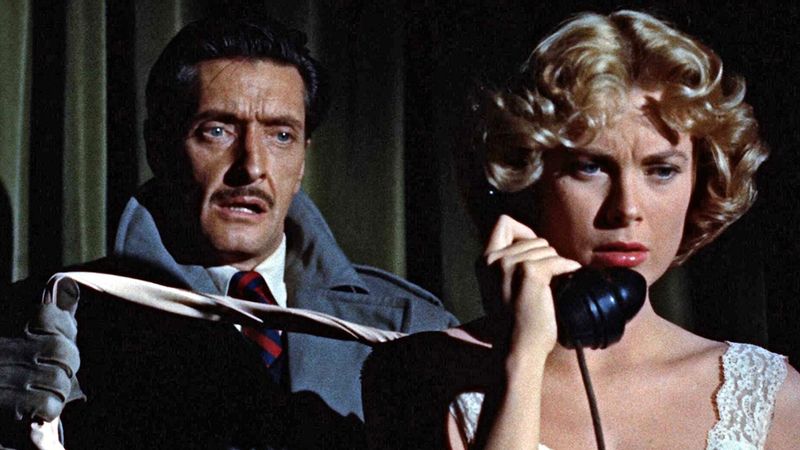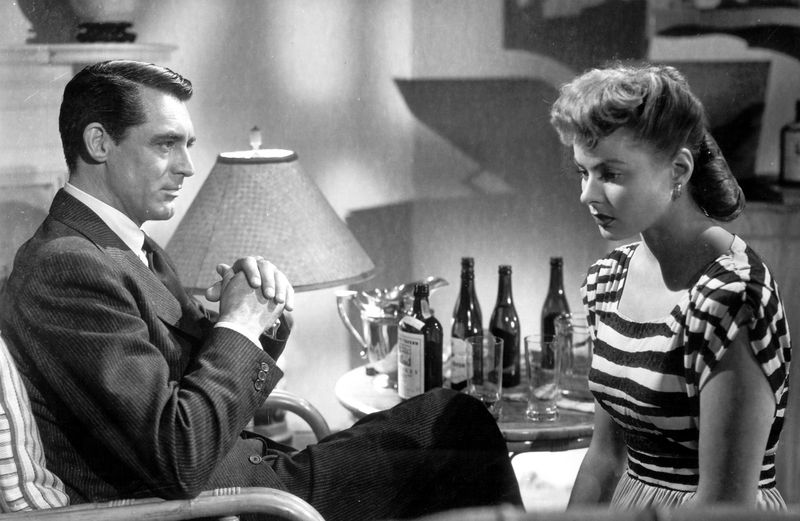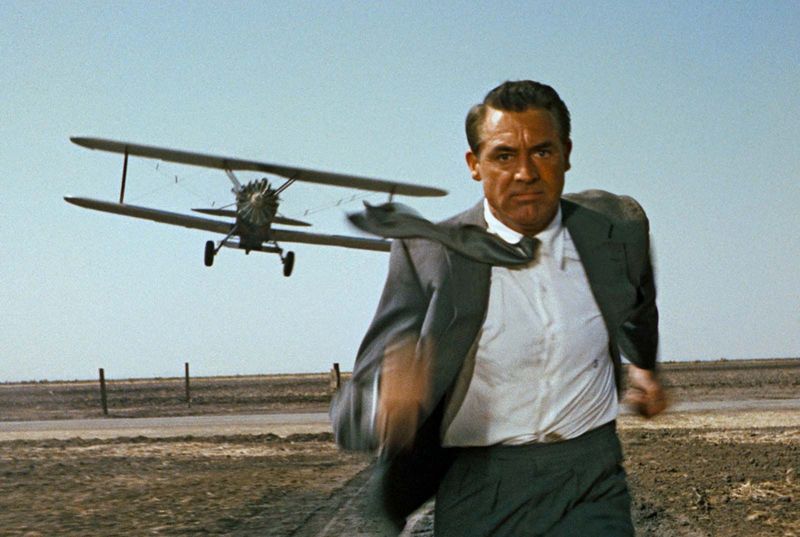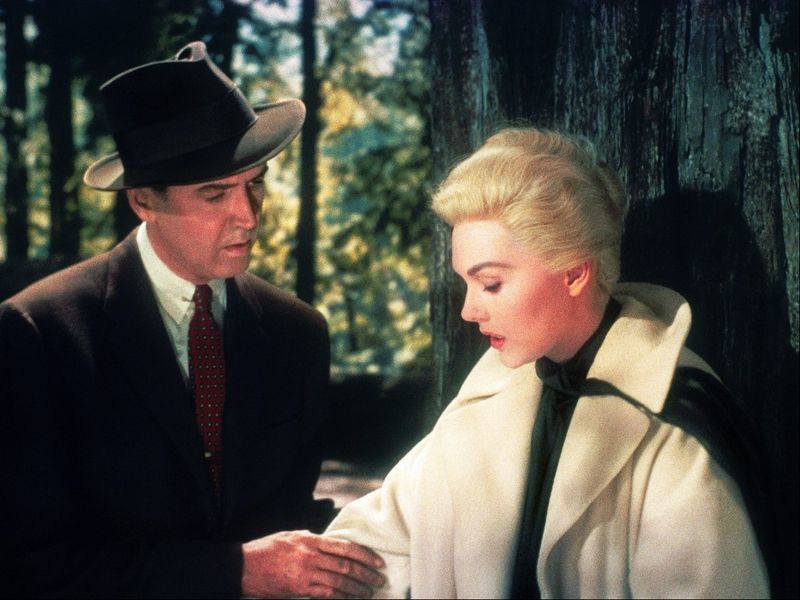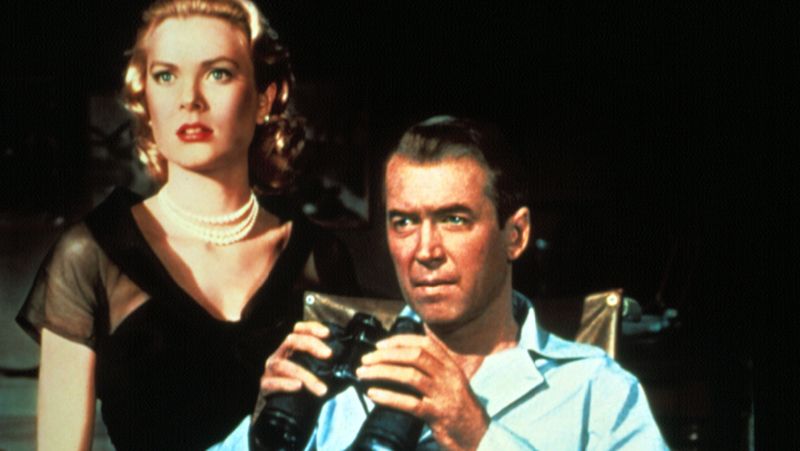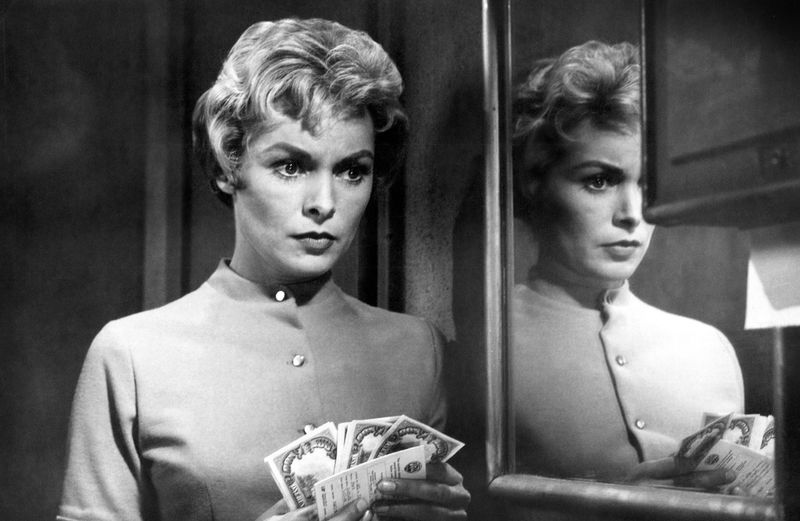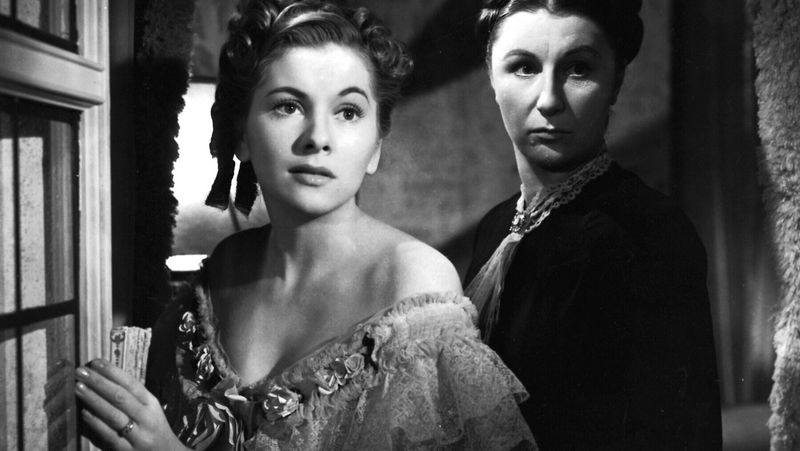Alfred Hitchcock, hailed as the “Master of Suspense,” redefined the thriller genre with his iconic films. With a career spanning over five decades, Hitchcock’s work is renowned for its innovative camera techniques, unique storytelling, and ability to create tension and intrigue.
This blog post ranks 18 of Hitchcock’s most influential films, showcasing the brilliance that has captivated audiences worldwide.
1. The Man Who Knew Too Much (1956)
“The Man Who Knew Too Much” weaves a gripping tale of suspense and intrigue. James Stewart and Doris Day star as an ordinary couple whose vacation turns into a nightmare.
While traveling in Morocco, they stumble upon an assassination plot, thrusting them into a dangerous international conspiracy. Hitchcock masterfully uses tension and suspense to craft a narrative that keeps viewers on the edge of their seats.
The story unfolds layer by layer, revealing the complexities of espionage and the lengths to which ordinary people will go to protect their loved ones. A timeless classic in the thriller genre.
2. Torn Curtain (1966)
“Torn Curtain” immerses audiences in the treacherous world of Cold War espionage. Paul Newman and Julie Andrews deliver captivating performances as a scientist and his assistant caught in a web of secrets.
The film’s tension arises from its intricate plot and the constant threat of betrayal. Set against the backdrop of Eastern Europe, Hitchcock creates a chilling atmosphere that underscores the paranoia of the era.
As the story unfolds, the characters grapple with trust and deception, crafting a narrative filled with unexpected twists and turns. It’s a quintessential Hitchcock thriller with a unique blend of drama and suspense.
3. The Wrong Man (1956)
“The Wrong Man” presents a haunting exploration of mistaken identity and injustice. Based on a true story, Henry Fonda stars as a musician wrongly accused of a crime he didn’t commit.
Hitchcock delves into the psychological turmoil faced by Fonda’s character, creating an unsettling portrait of fear and helplessness. Shot in a documentary style, the film’s realism adds to its chilling effect.
The narrative unfolds with meticulous detail, capturing the devastating impact of a flawed justice system. Hitchcock’s ability to evoke empathy and suspense makes “The Wrong Man” a compelling and thought-provoking cinematic experience.
4. Rope (1948)
“Rope” challenges audiences with its innovative filmmaking and psychological depth. Inspired by a real-life murder case, the film follows two intellectuals who commit a “perfect murder” to test their superiority.
Shot in a continuous-take style, Hitchcock crafts a claustrophobic atmosphere that heightens the tension. James Stewart plays the role of a professor who unknowingly becomes part of their twisted experiment.
As the evening unfolds, moral questions arise, and the characters’ arrogance begins to unravel. “Rope” remains a compelling study of hubris and the dark complexities of the human psyche—a true Hitchcock masterpiece.
5. The 39 Steps (1935)
“The 39 Steps” is a thrilling blend of mystery, romance, and adventure. Robert Donat stars as a man on the run, falsely accused of murder. Set in the picturesque Scottish countryside, the film combines breathtaking visuals with a gripping narrative.
Hitchcock’s innovative storytelling introduces elements of espionage and danger, leading audiences on a suspenseful journey filled with unexpected twists.
The chemistry between Donat and his co-star adds a romantic layer to the tension, making “The 39 Steps” a captivating cinematic experience. It’s a defining work that showcases Hitchcock’s early genius and flair for storytelling.
6. Shadow of a Doubt (1943)
“Shadow of a Doubt” delves into the unsettling theme of evil lurking beneath the surface of everyday life. Teresa Wright stars as a young woman who begins to suspect her beloved uncle, played by Joseph Cotten, might be a murderer.
Hitchcock masterfully builds suspense through subtle clues and tension-filled scenes, creating an atmosphere of growing unease. The film explores the duality of human nature and the paranoia that can arise from hidden truths.
“Shadow of a Doubt” is a chilling portrayal of innocence confronted with darkness, making it an unforgettable entry in Hitchcock’s illustrious career.
7. The Birds (1963)
“The Birds” transforms an ordinary setting into a nightmare of epic proportions. Tippi Hedren stars as a woman visiting a small coastal town that becomes mysteriously plagued by violent bird attacks.
Hitchcock’s direction turns nature itself into a source of terror, creating a film filled with tension and unpredictable danger. The film’s innovative special effects and sound design heighten the sense of chaos and fear.
As the avian assaults intensify, the characters must navigate survival amidst an escalating crisis. “The Birds” remains a powerful exploration of humanity’s vulnerability when confronted by the inexplicable forces of nature.
8. Strangers on a Train (1951)
“Strangers on a Train” presents a chilling tale of chance encounters and moral dilemmas. Farley Granger and Robert Walker star as two strangers who meet on a train and casually discuss exchanging murders.
When one takes the idea seriously, the story spirals into a gripping psychological thriller. Hitchcock’s direction crafts an intricate web of suspense, where the line between right and wrong becomes increasingly blurred.
The film’s tension is heightened by its clever plot and complex character dynamics. “Strangers on a Train” is a masterful exploration of fate, consequence, and the dark recesses of human nature.
9. Frenzy (1972)
“Frenzy” marks Hitchcock’s return to his roots in a gritty, realistic portrayal of a serial killer in London. The film’s brutal and graphic depiction of crime is matched by its psychological depth, exploring the impact of fear on both individuals and society.
Hitchcock crafts a suspenseful narrative filled with unexpected twists and moral complexity. The film’s chilling realism is enhanced by its stark cinematography and compelling performances.
“Frenzy” captures the essence of Hitchcock’s ability to blend horror with human emotion, resulting in a gripping and unforgettable cinematic experience.
10. Lifeboat (1944)
“Lifeboat” confines its drama to a single setting, heightening the tension through character interaction and social dynamics. Set during World War II, a diverse group of shipwreck survivors must navigate the perils of the open sea while dealing with their own personal conflicts.
Hitchcock explores themes of survival, morality, and human nature under duress. The film’s tension arises from its claustrophobic setting and the characters’ shifting alliances.
“Lifeboat” showcases Hitchcock’s ability to craft suspense through dialogue and character development, proving that even in isolation, human drama can be as vast as the ocean itself.
11. Spellbound (1945)
“Spellbound” combines romance and mystery in a psychological tale of identity and memory. Ingrid Bergman stars as a psychiatrist who falls for a patient with amnesia, played by Gregory Peck.
As their relationship deepens, they unravel a dark secret hidden within his subconscious. The film’s iconic dream sequences, designed by Salvador Dalí, add a surreal touch to the suspenseful narrative.
Hitchcock’s exploration of psychoanalysis and the human mind creates a unique blend of intrigue and emotion. “Spellbound” captivates with its blend of science, art, and suspense, leaving audiences spellbound by its artistry.
12. Dial M for Murder (1954)
“Dial M for Murder” is a masterclass in suspense and deception. Grace Kelly stars as a wealthy socialite whose husband plots her murder. The film’s tension arises from Hitchcock’s meticulous attention to detail, creating a cat-and-mouse game filled with unexpected twists.
Set in a single location, the film’s claustrophobic atmosphere enhances the psychological intrigue. Hitchcock’s direction manipulates the audience’s perception, leading them through a maze of suspenseful moments.
“Dial M for Murder” remains a timeless thriller, showcasing Hitchcock’s unparalleled ability to blend narrative complexity with cinematic elegance.
13. Notorious (1946)
“Notorious” intertwines romance and espionage in a tale of love and deception. Cary Grant and Ingrid Bergman star in this captivating thriller, set amid the backdrop of post-World War II intrigue.
The film’s tension arises from its intricate plot and the characters’ moral dilemmas. Hitchcock’s direction crafts a sophisticated narrative, where trust and betrayal play pivotal roles.
The chemistry between the leads adds depth to the story, creating a complex emotional landscape. “Notorious” is a shining example of Hitchcock’s genius, blending suspense and romance with effortless elegance, leaving a lasting impression on the audience.
14. North by Northwest (1959)
“North by Northwest” is an exhilarating adventure filled with suspense and iconic moments. Cary Grant stars as a man caught in a whirlwind of mistaken identity and espionage.
From the famous crop-duster scene to the climax on Mount Rushmore, Hitchcock crafts a thrilling narrative. The film’s fast-paced plot and charismatic performances keep audiences on the edge of their seats.
Hitchcock’s direction combines action, humor, and mystery, creating a timeless classic. “North by Northwest” stands as a testament to Hitchcock’s ability to blend thrilling escapism with cinematic artistry, making it a cornerstone of the thriller genre.
15. Vertigo (1958)
“Vertigo” explores themes of obsession, identity, and psychological unraveling. James Stewart stars as a detective drawn into a complex web of love and deception. Hitchcock’s masterful use of camera techniques creates a sense of disorientation and tension.
The film’s haunting score and visual storytelling add layers of depth to the narrative. As the mystery unfolds, the audience is taken on a journey through the darker aspects of desire and human frailty.
“Vertigo” challenges perceptions and leaves a lasting impact, standing as a testament to Hitchcock’s ability to delve into the human psyche with unparalleled ingenuity.
16. Rear Window (1954)
“Rear Window” transforms voyeurism into a captivating suspense narrative. James Stewart stars as a photographer confined to his apartment, who becomes convinced his neighbor has committed murder.
Hitchcock’s ingenious direction uses the limited setting to create tension and intrigue. The film’s compelling characters and intricate plot keep viewers engaged as the mystery unfolds. Grace Kelly’s performance adds elegance and depth, complementing Stewart’s investigative curiosity.
“Rear Window” showcases Hitchcock’s ability to make the ordinary extraordinary, leaving audiences questioning the fine line between curiosity and intrusion, all while being entertained by a masterful suspense story.
17. Psycho (1960)
“Psycho” redefined the horror-thriller genre with its shocking twists and psychological depth. Anthony Perkins stars as the enigmatic Norman Bates, whose unsettling relationship with his mother becomes the heart of the film’s tension.
Hitchcock’s direction, combined with Bernard Herrmann’s iconic score, creates an atmosphere of dread and suspense. The infamous shower scene remains one of cinema’s most chilling moments, illustrating Hitchcock’s mastery of timing and tension.
“Psycho” challenges conventions and explores themes of identity and madness, making it a groundbreaking work that continues to influence filmmakers and captivate audiences worldwide.
18. Rebecca (1940)
“Rebecca” weaves a gothic tale of suspense and psychological torment. Joan Fontaine stars as a young bride haunted by the memory of her husband’s first wife. Set in the imposing Manderley estate, Hitchcock crafts a narrative rich in atmosphere and intrigue.
The film’s exploration of identity and insecurity is executed with precision, drawing viewers into its haunting world. Laurence Olivier’s enigmatic performance adds to the film’s mystique, creating a brooding tension.
“Rebecca” remains a cinematic masterpiece, illustrating Hitchcock’s skill in crafting stories that resonate with emotional depth and suspense. A timeless classic that continues to enchant audiences.
